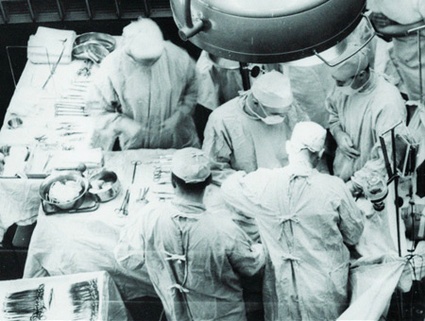The first person to ever have a transplant done was a 49 year old girl by the name of Ruth Tucker. Ruth suffered from polycystic kidneys(inherited by her mother) and was in dire need of a new one. On June 17, 1950 at Little Company of Mary Hospital, history was made when surgeons performed the first vital organ transplant on Ruth. People gathered around to watch as one of the most important steps in human medical/technical history unfolded. while filming, one pf the camera crew who was supposed to be recording fainted as he wasn't used to being exposed to such a gruesome environment.
Today technology has advanced greatly and cloning is even a possibility in USA. There are certified brain surgeons and people are now opening chests to perform heart surgery and even replacing parts of tissue that no longer work. With our advancement in medical techniques and the possibility of cloning, what could come next in the near future?
sources
http://lcmhealthnews.org/first-successful-organ-transplant-little-company-of-mary-1950/

